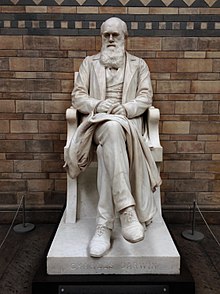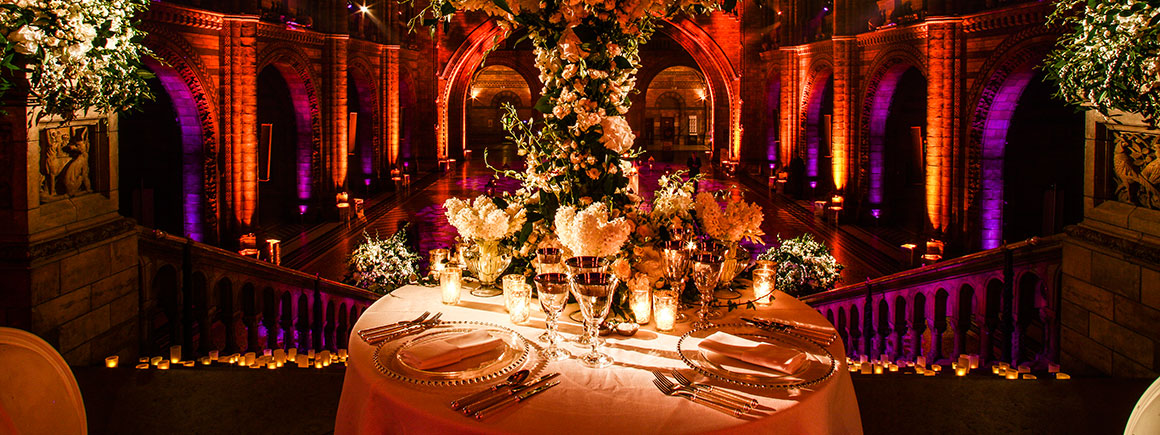
Natural History Museum, London
We visited many museums while in London and one of the most impressive was the Natural History Museum. The original building was completed and opened to the public in 1881. The Darwin Centre in particular holds millions of preserved specimens, work spaces for the scientific staff, and multiple educational areas for the museum’s patrons. The main hall of this Centre is an amazing space. And here is the statue of Darwin himself, alone and imposing as a very significant figure for his contributions to scientific knowledge.

Main Hall, Darwin Centre with statue of Darwin

Effigy of Charles Darwin

Main Hall, Darwin Centre
Baxandall (1991) argues that a museum fulfills three roles in society for those who visit: a treasure house of the past, an educational instrument, and a secular temple (“Exhibiting Intention: Some Preconditions of the Visual Display of Culturally Purposeful Objects” in Karp, Ivan and Steven D. Lavine (eds) Exhibiting Cultures: The Poetics and Politics of Museum Display. Smithsonian Institution Press. Pp. 33-41). There is no doubt that this building contained amazing scientific finds from all realms of nature. Or that the spaces within this historic building are designed as an educational opportunity for locals and tourists alike. But how can we envision this space as a “secular temple”, even if we ignored the resemblance to “real” sacred architecture? We visited Westminster Abbey, the “truly” sacred site where Darwin is buried:

Westminster Abbey

Darwin’s tomb in Westminster
Is Darwin “enshrined” here in the museum as one of the “deities” of science? Perhaps the other activities that are possible here will help to illustrate this intriguing dimension to this museum space.
Brides and grooms can rent this museum for their weddings and receptions; sacred and time honored rituals that honor the recreation of family and the perpetuation of legitimate reproduction. Certainly, a wedding in this hall of science, built on collections of millions of species of ancient forms of nature, will be memorable events well into the future for all who attended. Perhaps this also helps explain the choice by brides and grooms to hold their weddings at the Roman Baths, another link to the past to legitimate and enrich the future.

Wedding Reception in Main Hall, Darwin Centre

Wedding Reception in Main Hall, Darwin Centre



The blurring of secular and spiritual spaces is an interesting motif that came up in several blogs. It’s interesting how museums seem to be the space of intersection for both, given their set-apartness, not to mention the way that people often seem to feel that they have to speak softly, even reverently, when they enter churches and museums.